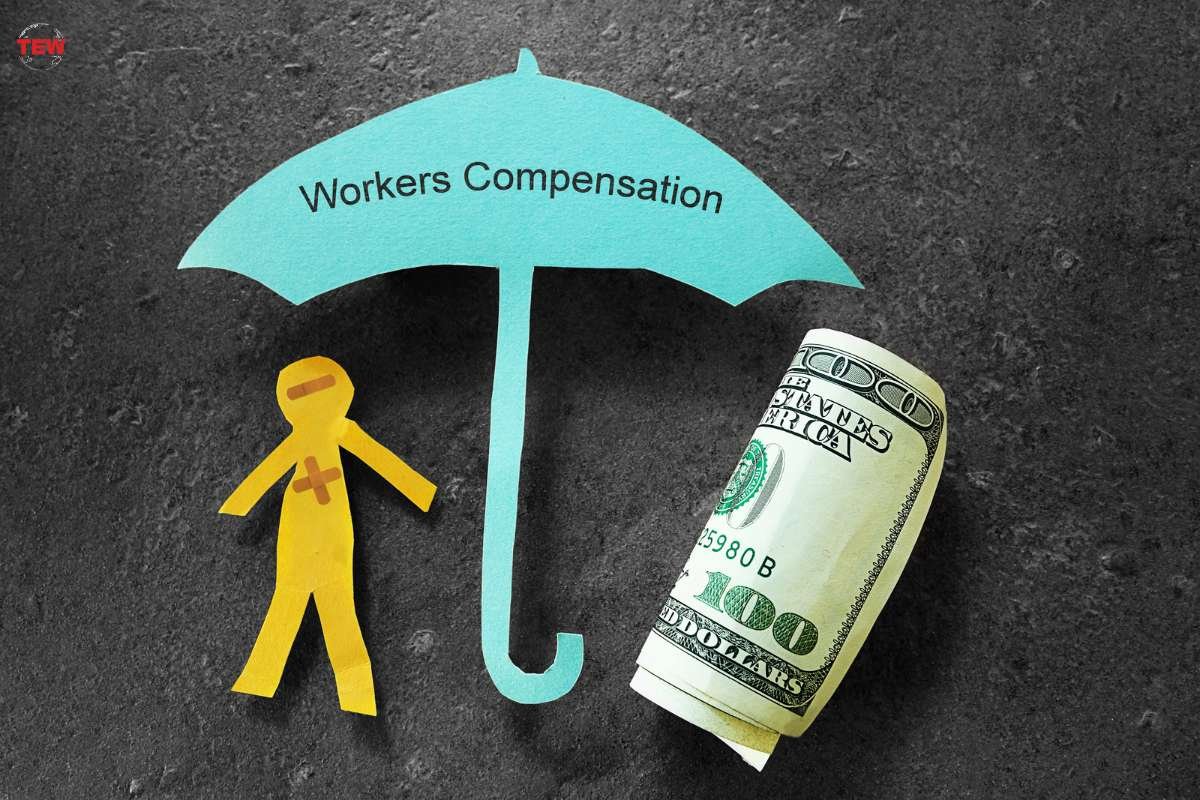Worker Injury that occur in seconds can throw your life into turmoil. Depending on the nature of the injuries sustained, you’ll unexpectedly need more funds for treatment and provide for your family while you are out of work. Serious injuries can make it impossible to resume work, which is disastrous.
Fortunately, the worker’s compensation system protects you and your family during difficult times. For example, in Grand Rapids, MI, average workers’ compensation settlements can reach upwards of $62,000. However, like other legal matters, you might encounter roadblocks in seeking the right compensation.
If you or your loved one sustains workplace injuries, it is best to consult a Grand Rapids workers’ comp lawyer. Your attorney will explain the types of claims, possible damages, and compensation.
Types of Worker Injury Claims
Worker compensation claims differ primarily based on the severity of worker injury. A personal injury lawyer can help victims obtain fair compensation for work injury damages. They include:

- Medical treatment only – are claims filed by employees who sustain minor injuries and didn’t miss time from work.
- Medical treatment with lost time from work – here, the injuries sustained are serious enough to cause the employee to miss time from work. In most states, employees out of work because of medical issues earn 2/3rd of their average weekly wages.
- Medical treatment and injuries that prevent employees from returning to pre-injury work involve serious injuries requiring employees to take significant time off their work. That aside, these injuries make it impossible for the affected employee to resume their previous position, and they may have difficulties finding another job due to these injuries. Affected employees are often eligible for 2/3rd of their average weekly wage, with adjustments depending on their condition.
- Medical injuries that prevent employees from ever working are claims filed for debilitating injuries that make it impossible for employees to ever resume work. Severe injuries like severed limbs, paralysis, and blindness, mean the worker can’t find any work.
In most cases, the longer the employee stays out of work, the more likely the employer will terminate them. All these should be factored into a worker’s compensation claim – which could be denied if the relevant factors are inconclusive in proving fault.
Here are 3 Types of Damages and Compensation for Worker Injury

Damages for worker injuries are often awarded to victims as restitution. They are purposely designed to improve the victim’s quality of life. Common damages include:
1. Economic damages
Also called special damages, they are easy to understand and quantify. Economic damages are designed to compensate injured workers for physical and financial losses caused by workplace injuries. They include:
- Medical expenses – hospital bills, therapy, rehabilitation, and purchase of assistive devices
- Lost wages for the period outside of work
- Reduced earning capacity for debilitating injuries
- Household expenses that injured employees can’t perform
Economic damages should include current or already accumulated expenses and estimated future expenses. For instance, it should include future medical costs for prescription, physical therapy, and additional surgeries.
2. Non-economic damages

General damages for personal injuries and other worker injury claims don’t consider financial losses. Instead, they are designed to compensate injured workers for physical, mental, and emotional trauma inflicted by the accident. Non-economic damages cover:
- Physical pain and suffering
- Social and cognitive deficits
- Mental anguish
- Impaired quality of life
- Loss of relationship benefits with family members
- Disfigurement
Unlike economic damages, quantifying non-economic damages is tricky. There’s no standard way of valuing your pain and emotional suffering. Your attorney will use the multiplier or per diem method to determine what amounts to fair compensation.
3. Punitive damages
Economic and non-economic damages are widely called compensatory damages because they compensate injured workers. Contrastingly, punitive damages are designed to punish employers or the liable parties for ignorance or reckless actions that caused the accident. State and federal laws require employers to provide a safe working environment for employees.
However, punitive compensation is not awarded to all worker injury cases. The court will only award the plaintiff punitive damages if the defendant’s actions are considered reckless or malicious. Therefore, victims of workplace injuries should prove that their injuries resulted from employer negligence to receive compensation for punitive damages.
How to Prove Damages in Work Injury Claims
Prove damages in a work injury claim by comprehensively documenting every aspect of the injury and its repercussions. Here’s a detailed breakdown of each step:
1. Documentation of Injury and Circumstances
Gather all records related to your injury. Examples include initial emergency room visits, diagnostic tests, treatment records, prescriptions, and physiotherapy sessions. Secure a copy of any accident report filed at your workplace.
2. Linking Injury to Work
For injuries whose work-related causes are not immediately apparent (such as repetitive stress injuries), the testimony of a medical expert may be necessary to establish causality. Collect statements from coworkers or other eyewitnesses who can confirm your account of how the injury happened at work.
3. Quantifying Economic Damages
Document any wages lost due to the injury, and if applicable, estimate the future loss of earning capacity if the injury leads to permanent disability. Compile detailed lists of all medical expenses incurred and an estimate of expected future medical costs, which might include continuous medical treatments or surgeries.
4. Calculating Non-Economic Damages
Keeping a daily log of your pain levels and emotional state can help substantiate these claims. If your injuries have prevented you from participating in activities you previously enjoyed, this should also be documented as part of your claim.
5. Preparation for Dispute Resolution
Be prepared with a well-organized dossier of your documentation when entering negotiations or mediation. If the claim proceeds to trial, all evidence, including expert testimonies and detailed documentation, will be essential for proving your case.
The Bottom Line
Employees in most states can claim compensation for work-related injuries. Worker’s compensation benefits cover the injured employee’s weekly payments, medical expenses and rehabilitation costs, and other losses resulting from the injuries. But if you feel like your claim was denied wrongfully, then only a lawyer can help appeal the decision the right way.




